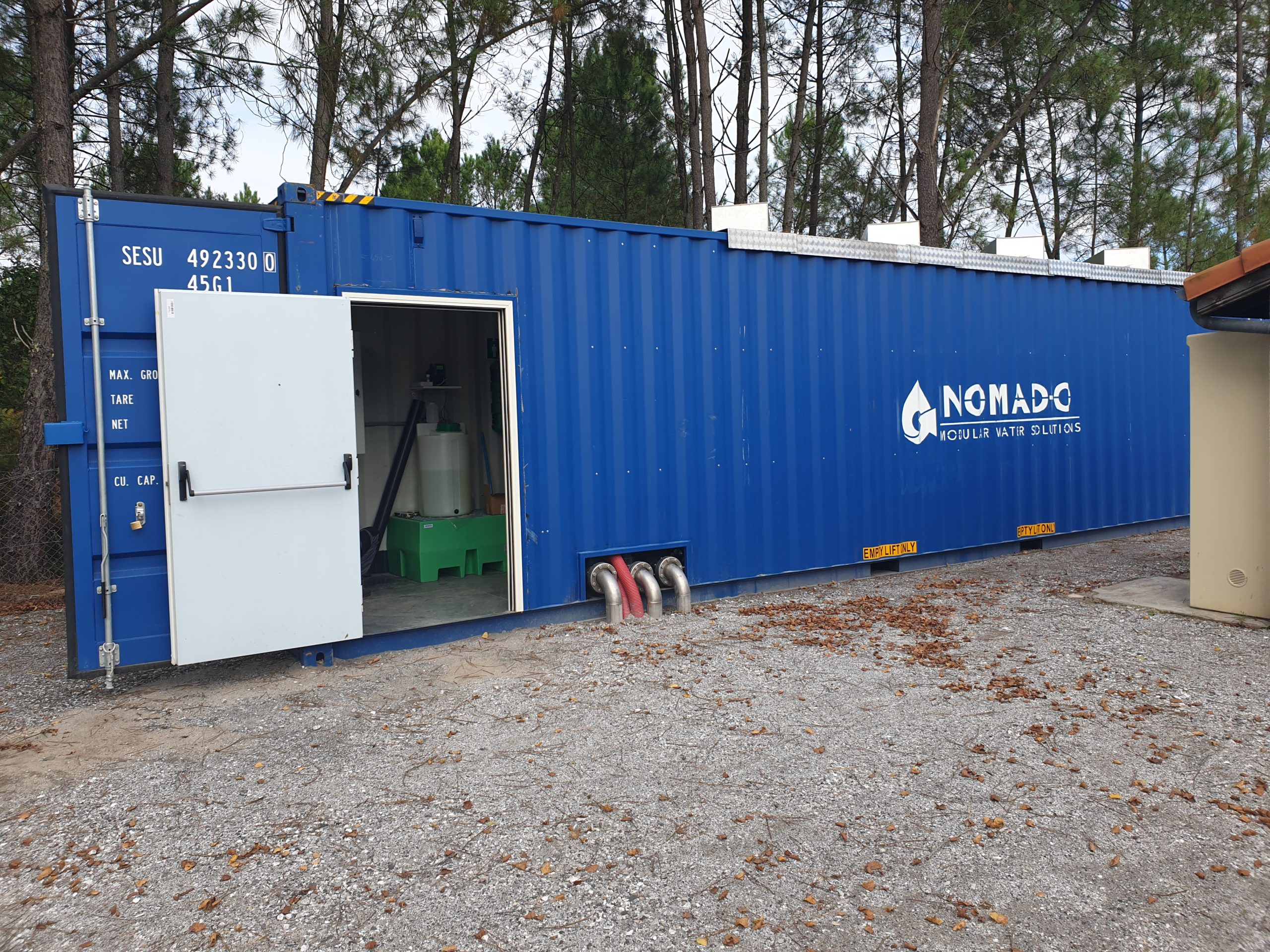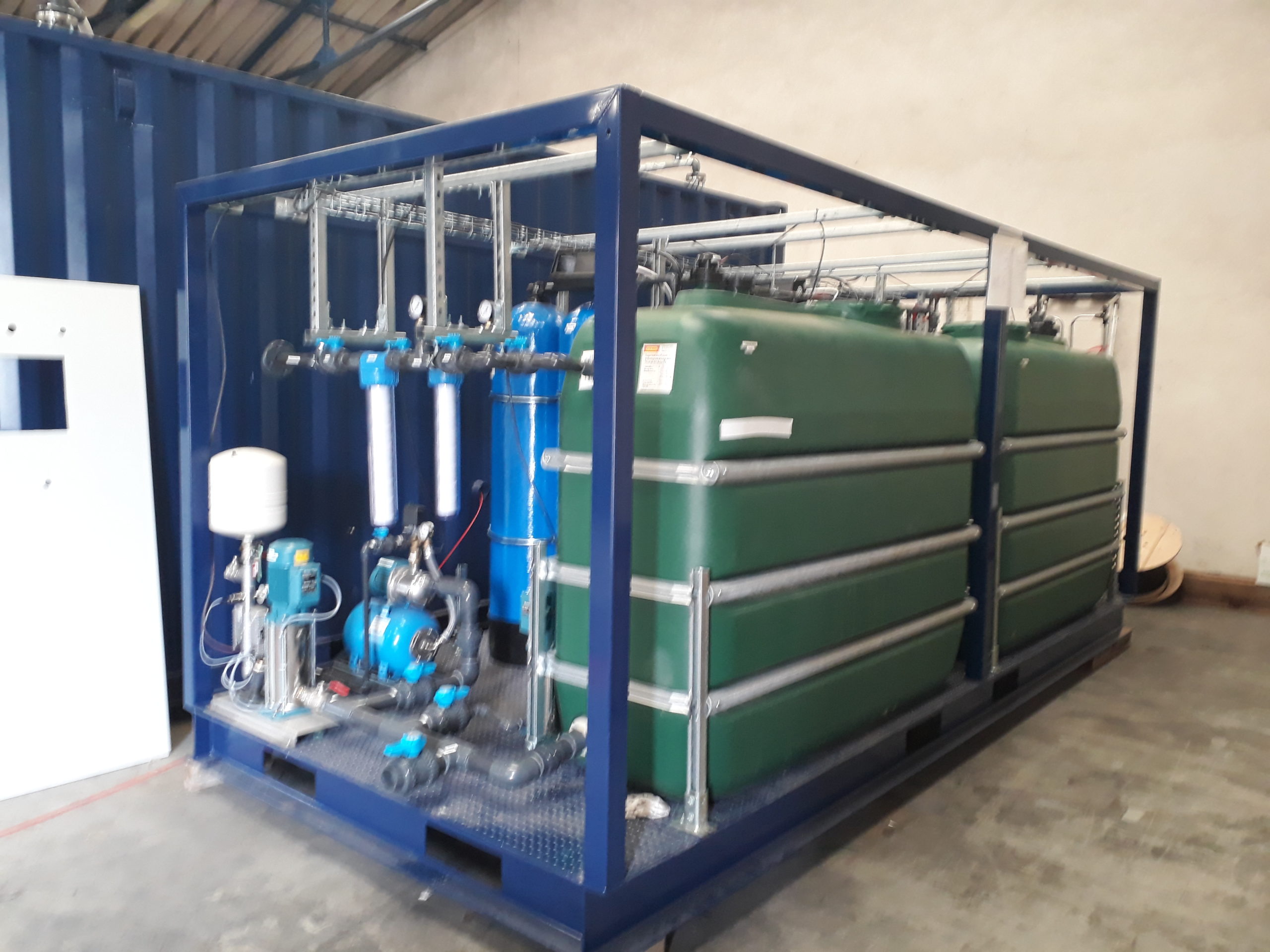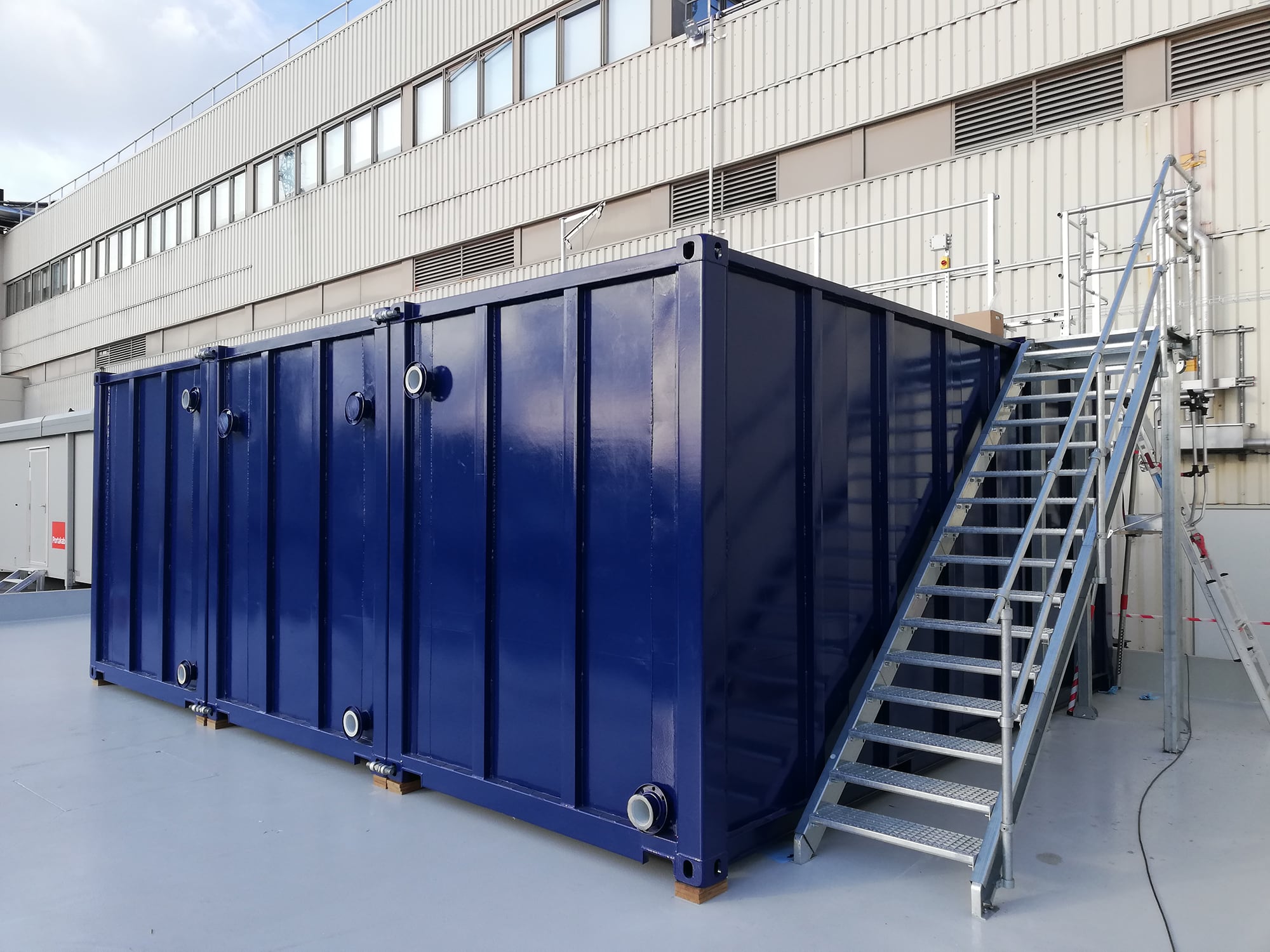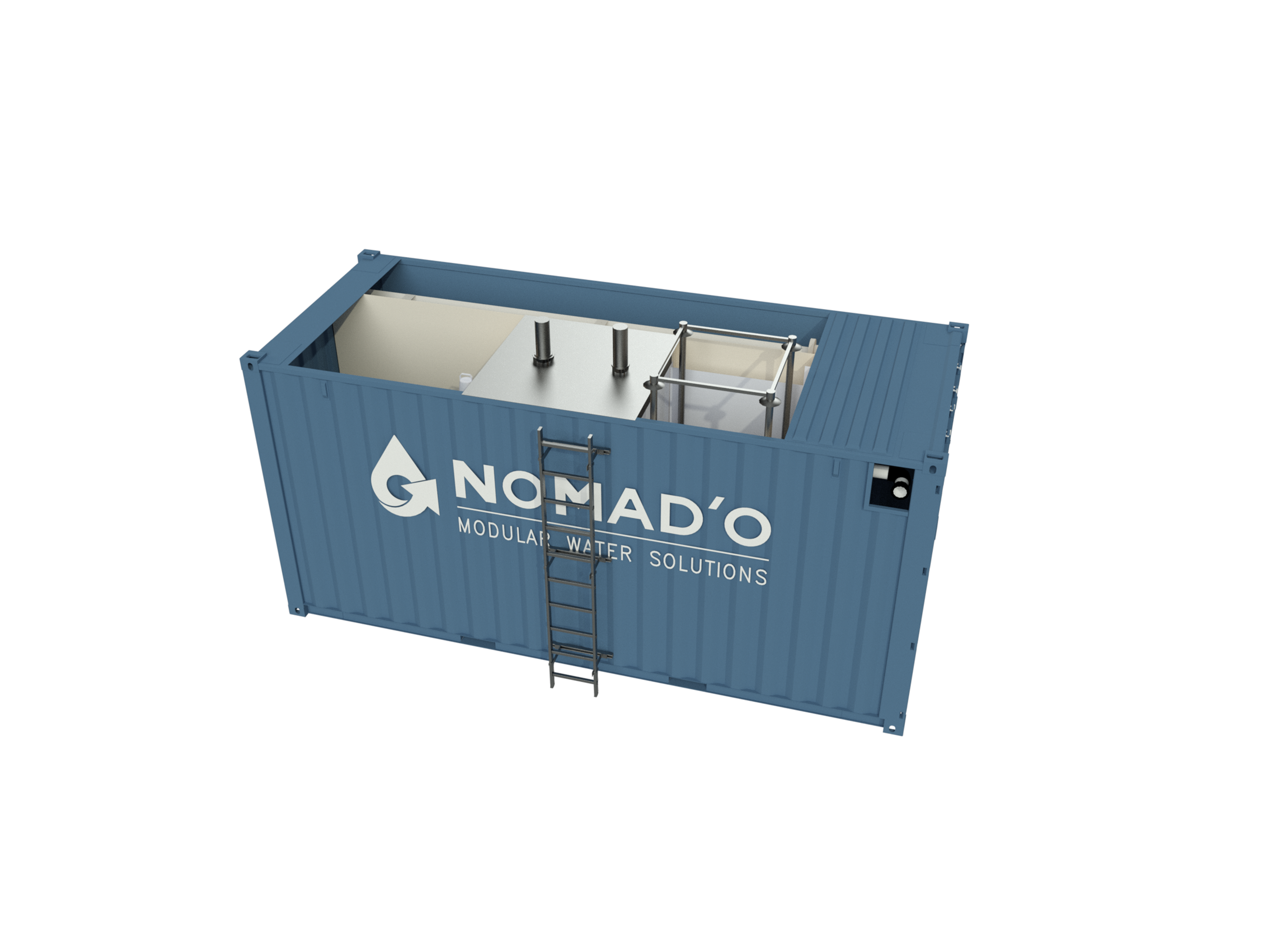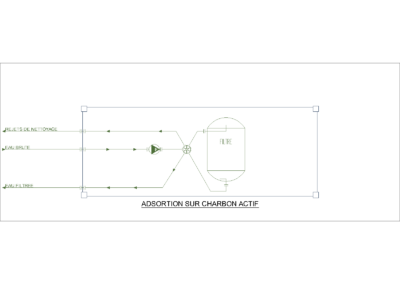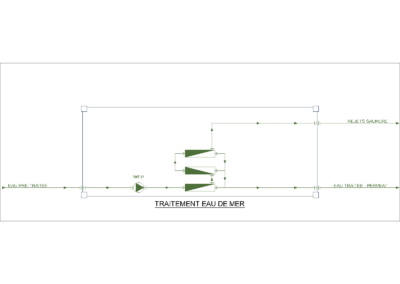Our plug & play offer
Commissioning made easy and maintenance taken into account from the design phase.
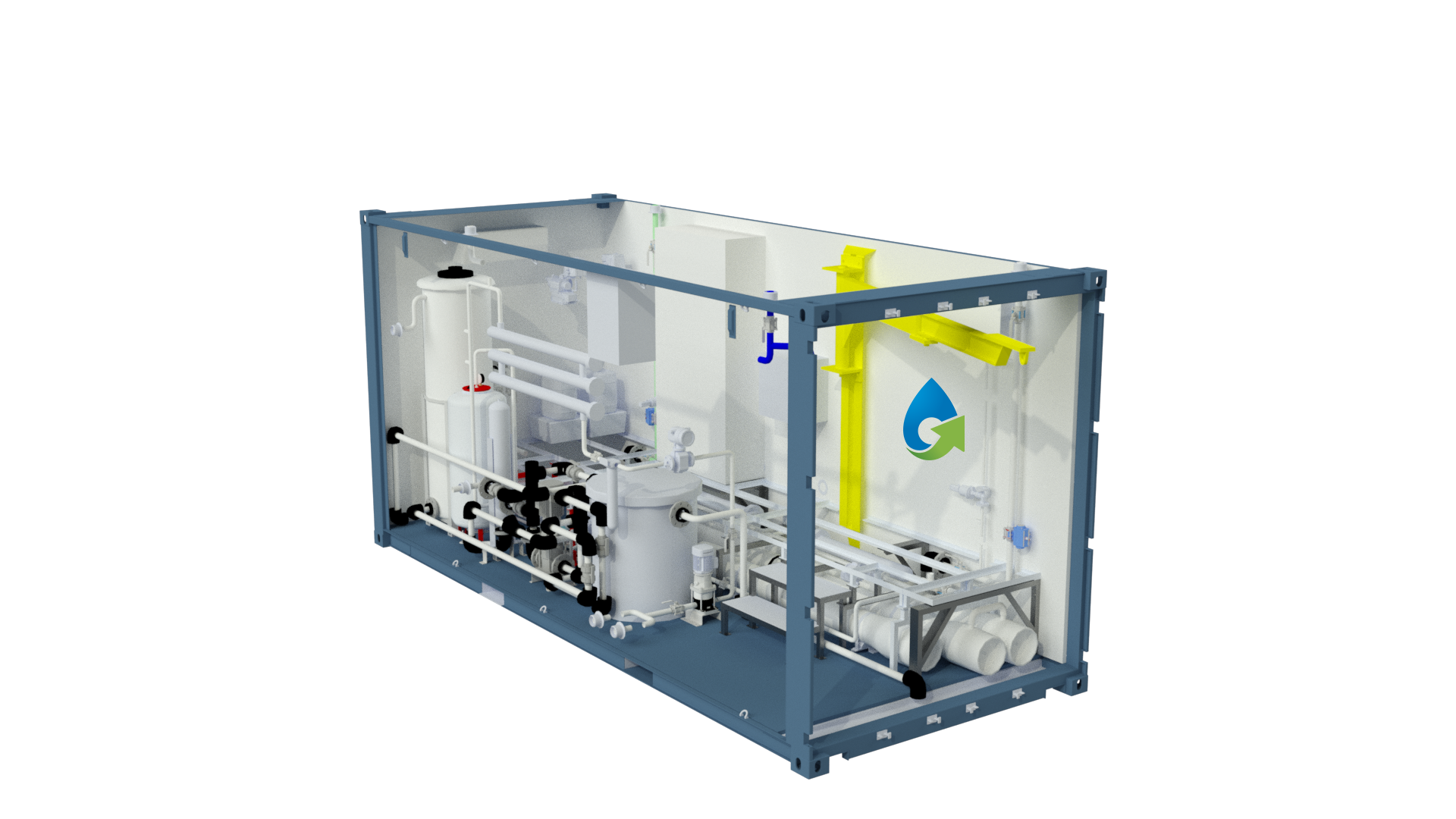
Containerized solutions
Suitable for the most extreme conditions, this is a first-class solution for a robust, lasting and economical unit.
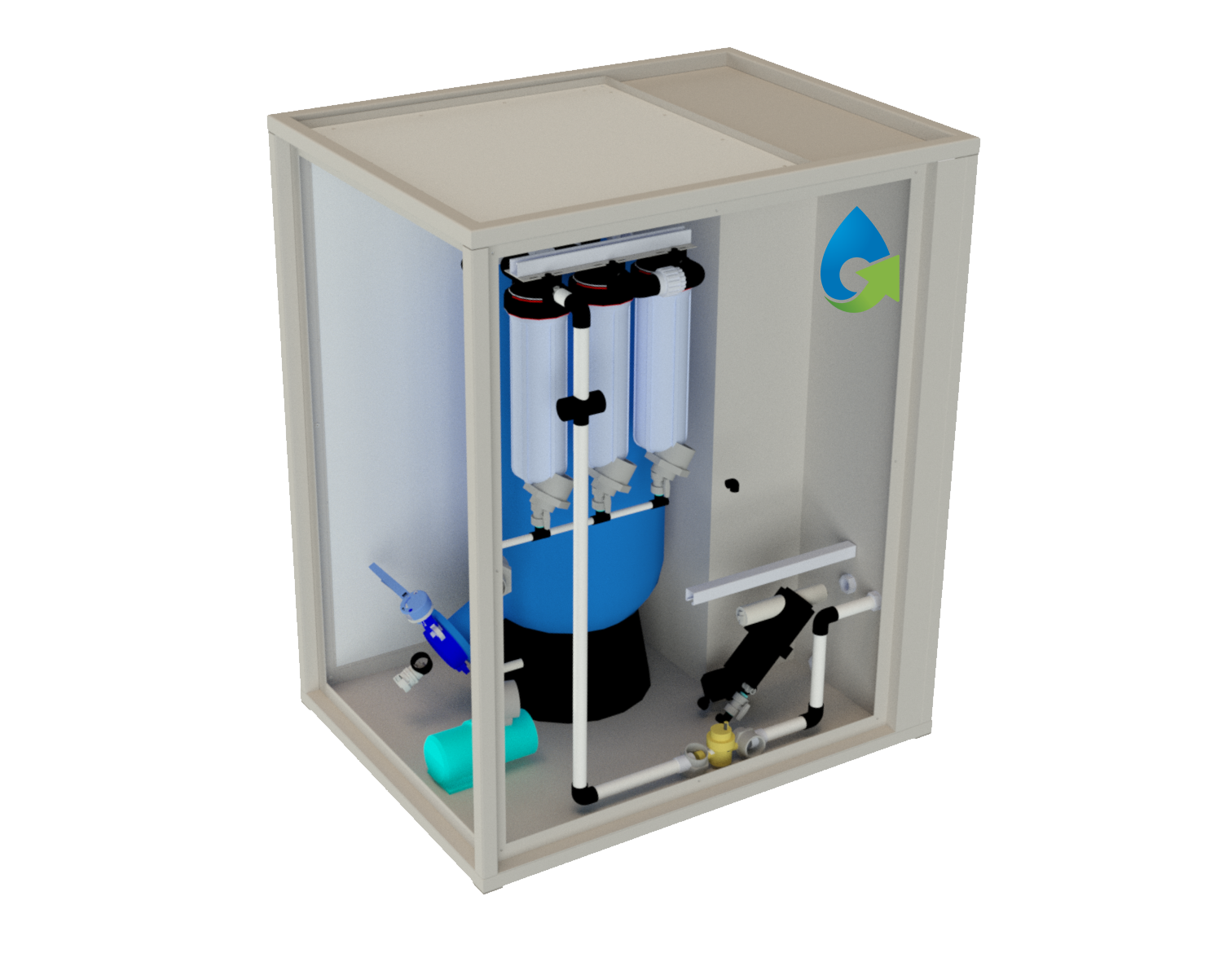
SKID solutions
Compact, easily transportable and self-sufficient unit, the Skid is compatible with all drinking water production technologies.
Read more
The solutions that we offer adjust extremely well to variations in the quality of the water to be treated and the quantity of the load that it contains. Our treatment units are integrated into sea containers or mounted on SKIDs thereby reducing production times, installation times on site and civil engineering costs.
Sheet metal work and welding of the hydraulic structures are performed directly inside the container. Waterproofing is ensured by a seal made of special coatings that constitutes a perfectly monolithic block. It prevents water from coming into contact with the structures. The Coatings’ properties are always chosen in accordance with the project’s specifics (Health compliance certificate, WRAS, aggressiveness of reagents or water, etc.).
Sheet metal work and welding of the hydraulic structures are performed directly inside the container. Waterproofing is ensured by a seal made of special coatings that constitutes a perfectly monolithic block. It prevents water from coming into contact with the structures. The Coatings’ properties are always chosen in accordance with the project’s specifics (Health compliance certificate, WRAS, aggressiveness of reagents or water, etc.).
Applications
Whether in France or internationally, our water treatment experts are available to help you define the treatment unit that will best suits your needs.
Construction of an iron removal unit
Drinking water
Pressure boosting and water treatment unit
Process water – Agri-food industry
Treating pharmaceutical effluent using reverse osmosis
Industrial effluent
Treating concrete laitance at a major international worksite
Worksite effluent
The advantages of Nomado’s solutions

Cost benefits
- Cost-effective alternative to civil engineering infrastructures and buried facilities
- Systems that can be reused and relocated
(worksite bungalows, industrial reorganisation, end of concession) - Portable investment
- Possibility to rent, buy back or lease with option to purchase
- In-situ production or treatment
Operational and environmental benefits
- Multimodal transportation (rail, road, sea, air…)
- Simple, fast installation and commissioning
- Maintenance by our technicians possible
- Easy, rapid dismantling upon project completion
- Reduction in carbon footprint
- Worksite hazards reduced

Quality and HSE
- Treatment process adaptable to discharge standards
- Design in accordance with country standards and regulations
- Pre-built and factory tested
- Anticipation of the possibility of deteriorated operating conditions (scenario analysis)
- Targeted oversizing of critical equipment (pumps, motors, etc.)
- Specific job site conditions taken into account (heat, sand, sea, etc.)

Versatile and adaptable
- “Plug & play” design
- Possibility of adding a unit in the event of a variation in load or flow rate
- Can be integrated into an existing facility
Understanding how seawater desalination works


Treatment
Seawater represents more than 95% of the water stock on the planet. In some areas it is the only resource available for producing drinking water.
The concentration of salts (mainly sodium chloride: NaCl) in seawater can reach 30g/l to 40g/l. These are the salts that need to be removed in order to achieve drinking quality water. They are composed of chlorine, sodium, sulfates, magnesium, calcium and potassium.

Process
The appropriate technology to get these salts out of saltwater and produce drinking water is high pressure reverse osmosis (RO).
The pore size of the semi-permeable membrane does not exceed 1nm in diameter, which filters out ions (mostly salts), pesticides and other organic compounds, colouring agents, bacteria, viruses and microalgae.
The pore size of the semi-permeable membrane does not exceed 1nm in diameter, which filters out ions (mostly salts), pesticides and other organic compounds, colouring agents, bacteria, viruses and microalgae.
Read more
However the mineral content of water coming out of reverse osmosis is often very low leading to a calco-carbonic imbalance and a low, difficult to control, pH.
Therefore it must be remineraliszed it because it lost its buffering capacity.
Reverse osmosis has other applications in industry or the military because it is an effective barrier for complex compounds that are difficult to trap using other technologies. This is true of NRBC waste (Nuclear, Radiological, Biological and Chemical). In industry RO may be used for demineralization or capturing endocrine disruptors.
Therefore it must be remineraliszed it because it lost its buffering capacity.
Reverse osmosis has other applications in industry or the military because it is an effective barrier for complex compounds that are difficult to trap using other technologies. This is true of NRBC waste (Nuclear, Radiological, Biological and Chemical). In industry RO may be used for demineralization or capturing endocrine disruptors.
RO and membrane filtration in general are difficult to master cutting-edge technologies. Nomado is particularly well versed in these which are its strong suit.
Tell us about your project

Nomado is specialized in the design and construction of compact water treatment units. Our solutions are integrated into sea containers, skid-mounted or mounted in portable cases.
CONTACT US
NOMADO
21, Boulevard du Capitaine Gèze
13014 MARSEILLE – FRANCE
+33 (0)4 84 89 52 42
© NOMADO SAS | ALL RIGHTS RESERVED

